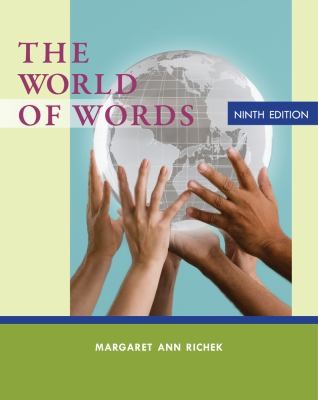
|
This book helps students acquire the vocabulary for their academic studies and develop an interest in words. Part 1 describes dictionary skills and contextual clues while Part 2 introduces different Greek and Latin word elements. The explanations of these essential word acquisition skills are accompanied by interesting word exercises. You will learn how to expand your vocabulary through developing independent vocabulary learning strategies.
Highlights include “Words in the news” (Ch. 2), “Words for feeling, expression, and action” (Ch. 3), “Word elements: Movement” (Ch. 7), and “Word elements: Thought and belief” (Ch. 10).
|
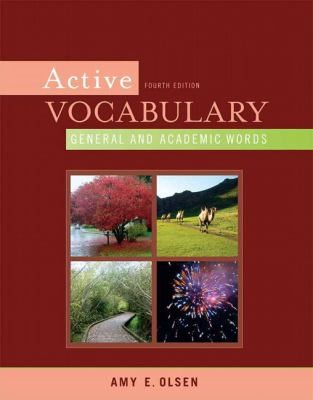 |
This book guides students to enrich their vocabulary through reading a mix of academic and general texts from 18 topics. In addition to review chapters for consolidating knowledge, three chapters are dedicated to word parts – prefixes, roots, and suffixes. “Word Wise” boxes throughout the book draw students’ attention to connotations, collocations, and etymologies. Special four-colour visual effects are added to enhance students’ vocabulary acquisition experience.
Highlights include “Mystery: Missing from the mound” (Ch.8), “English writing tips” (Ch.14), and “Drama: All the world’s a stage” (Ch.25).
|
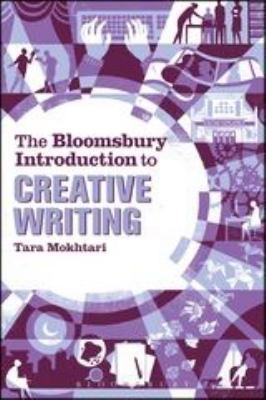
|
Organised in eight chapters by literary genre, the book aims to help students shape ideas and turn ideas into creative writing. Integrated with exercises and writing prompts, the book introduces self-writing, fiction, screenwriting, performance writing, poetry composition, writing for digital media, and critique and exegetical writing. You will learn how to conceptualise and produce creative writing in different forms.
Highlights include “Reflective writing” (pp. 45-52), “Poetry as ‘language distilled’” (pp. 74-80), “Plot and conflict” (pp. 114-117), “Theme and narrative” (pp. 153-163), “Digital storytelling” (pp. 186-188).
|
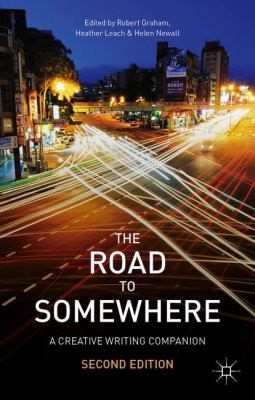
|
This writing companion appeals to university student writers seeking ideas and guidance on creative writing. The quadruple book describes the elements in creative writing (Part I), explains different forms of creative text type (Part II), deals with publication matter (Part III), and suggests writing resources (Part IV). The book also contains practical activities and exercises, helping you gain a better understanding of the creative writing road and be inspired.
Highlights include “Creativity” (pp. 15-21), “The necessity of mess” (pp. 30-37), “Revision: Cut it out, put it in” (pp. 80-90), and “Digital writing” (pp. 209-226).
|
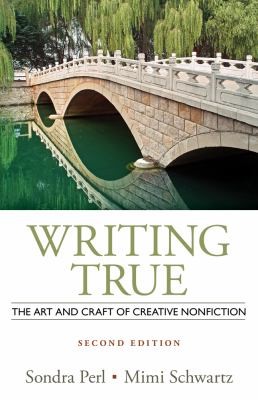
|
The book aims to assist writers in discovering and developing non-fiction topics in creative forms. Part I takes you through the process of turning initial ideas into polished written pieces with end-of chapter exercises that help you reinforce ideas and practise strategies. Part II presents some well-written non-fiction pieces in different forms that will inspire you how to read and write creatively. By experimenting with language and form, you will learn how to discover and spark writing ideas.
Highlights include “Ten ways to a draft” (Ch. 3), “Taking shape” (Ch. 4), “Finding voice” (Ch. 5), and “The craft of revision” (Ch. 7).
|
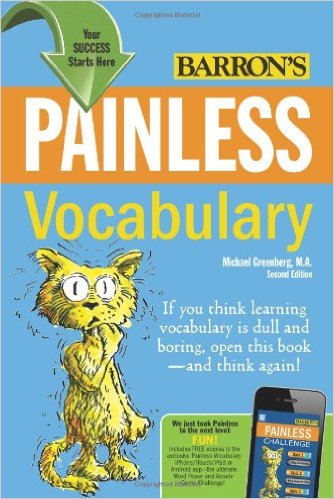
|
This fun vocabulary builder will teach you over 300 useful words while keeping you entertained. It features 20 stories that present new words in context, each followed by explanations that make understanding and remembering those words as easy as possible.
Highlights include activities with answers in every chapter, as well as warnings about the most common vocabulary mistakes.
|